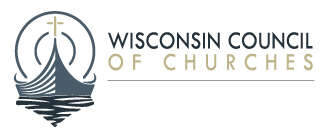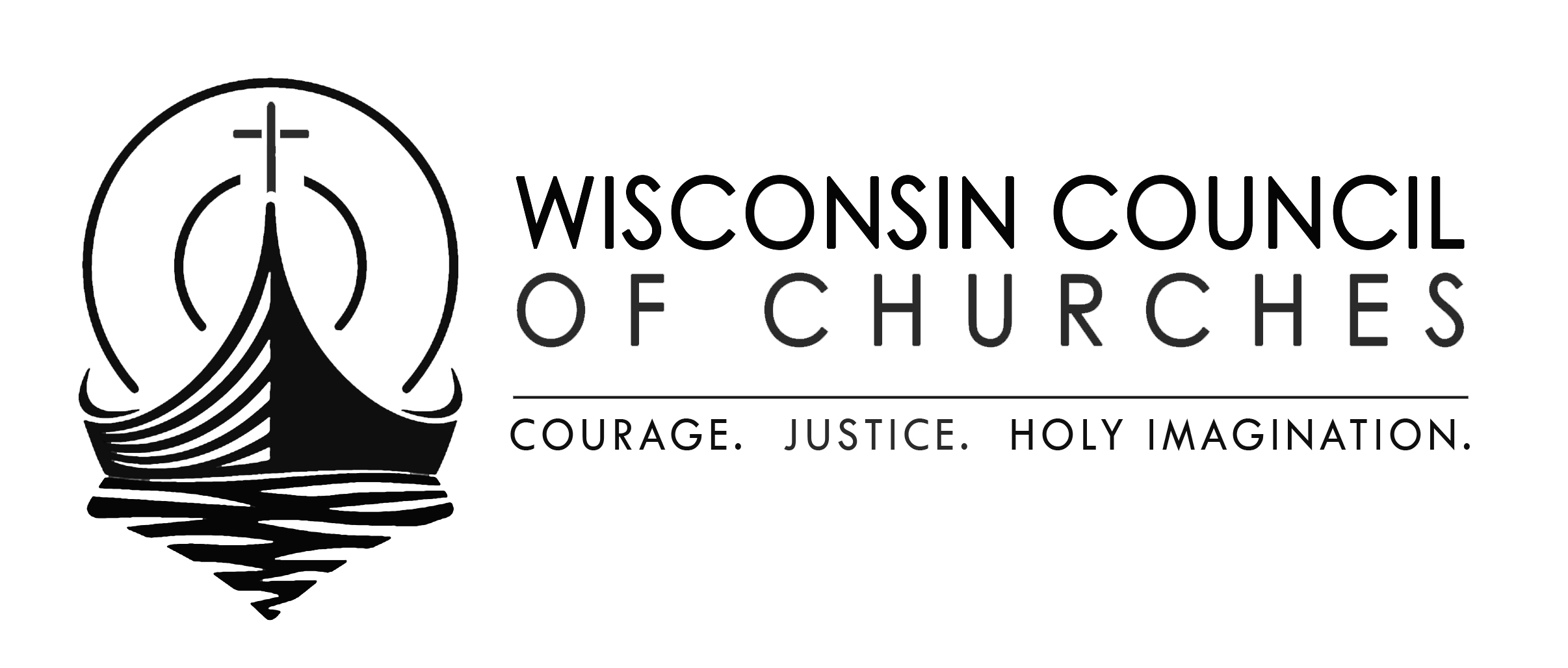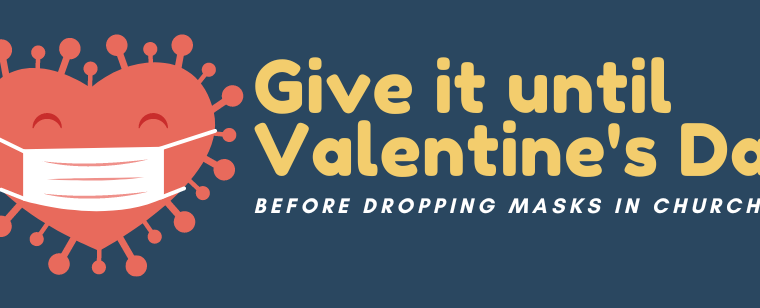Goodbye to All That, Sort Of
The emergency may be over, but COVID is not. Neither are we.
The World Health Organization has ended its global public health emergency declaration for COVID, as of May 5th. The WHO cited “reduced rates of COVID-related deaths, increased immunity and less overcrowding in hospitals” as reasons for its decision. Likewise, effective May 11th, the U.S. state of emergency will come to an end.
There are some reasons to see these moves as a positive. It means that health officials see COVID as moving from a pandemic disease to an endemic. That is: one that’s normal, more or less predictable, and not requiring emergency measures. “We fully expect it will become a seasonal virus much like influenza,” says Dr. Robert Citronberg of Advocate Aurora Healthcare.
But we’re not there yet. And not to put too fine a point on it, ending the public health states of emergency now leaves a lot up in the air.
¯\_(ツ)_/¯ (What We Don’t Know)
-
COVID’s not gone, but we don’t know how bad it will be. The hope is that we’ll experience smaller waves than the surges we saw with Delta and Omicron. But that’s assuming we don’t get some new horrible mutation, which is a real possibility. So we’ve got that going for us, which is nice.
-
We’ll have a lot less information available. When the federal state of emergency expires, the CDC will no longer track Community Levels of COVID. They’ll still watch hospitalizations, deaths and a few other measures. But they won’t track new cases, and positive test rates only on a regional level. So two of the three measures the WCC uses to establish its COVID risk levels will go away. The third will be of limited use. Which means:
-
The WCC COVID Risk Table will no longer be available. We will have to consult with our public health advisors about ways to help faith communities track the COVID situation. But our current system just won’t work. (Too bad, it was one of my better pieces of javascript.)
-
Testing costs will go up, sometime. At the moment, you can still order free home testing kits for COVID through the state’s Say Yes! program. You can also get tests through a federal program that delivers them by mail. But those programs only last until supplies run out. For the state, that could be any day now. According to Wisconsin Public Radio, health insurers will probably continue to cover lab-based tests. But how much they’ll pay is anyone’s guess, and those without insurance may be locked out of testing altogether.
-
Vaccination costs will also increase, I guess? Yes, the state of Wisconsin will continue to provide free vaccines and boosters. But again, that’s for as long as supplies last. As I understand it, insurers will pay for vaccines, but not necessarily the entire amount. At least the feds promise to cover the expense for people without insurance through 2024.

What We Do Know:
-
What it takes to keep COVID risk low. What have you heard me say a thousand times? Get vaccinated and boosted, test, stay home if you’re feeling sick, wear a mask when you’re with a lot of people for a long time. If you’re particularly vulnerable, take more precautions. And if you have vulnerable people in your community—also take more precautions, so they don’t have to do all the work.
-
Inequalities and other problems remain. People with low incomes and some racial minorities are still less likely to have received COVID vaccinations. They’re also still more at risk from infections. Because healthy people won’t get vaccinated or wear a mask, senior citizens and people with compromised immune systems need to think about limiting their participation in social events. We don’t seem to have learned the public health lessons of COVID, either. We’re slipping back into a disconnected system with poor disease surveillance and poor communications strategies. In short, there is still a lot of work to do. And COVID remains a major threat to the health of Wisconsin.
-
The Community Health Program will be here. We’re not going anywhere. In fact, we’re moving in some new directions that I’ll be happy to share with you soon. But as long as there’s a way to improve the health of religious bodies and the communities they serve, we’ll be around to try to make it happen. That you can be certain of.
The Links
- In addition to being Mental Health Awareness month, it’s also Older Americans Month! Celebrate by sharing the events from Caregiver Teleconnections or the Alzheimer’s Association (en Español).
- Studies confirm COVID-19 vaccination during pregnancy benefits newborns.




